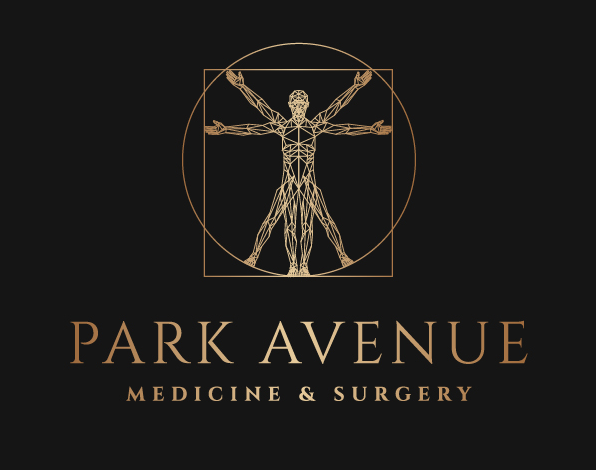Motivation for Headaches
In daily life, it is typical for people to experience facial pain or headaches and come to the immediate conclusion that they are experiencing a headache. They are bothersome and can disturb daily function and impact our attention and focus. However, many of us are experiencing headaches at different locations of the head, with different intensities, and from different causes. People that experience the common headache feel pain that is dull and located on both sides of the head.
Primary headaches are those that occur independently, coming from structures such as blood vessels, muscles, and nerves or differences in chemical activity in the brain. Secondary headaches, on the other hand, occur due to the patient’s supplementary conditions. The most common primary headache is a tension-type headache which is a squeezing feeling on the head or neck due to the tightening of muscles often caused by stress, anxiety, and fatigue. The mild discomfort is usually on both sides of the head. The duration can vary from minutes to several days but vision, balance, and strength are not affected, which makes tension-type headaches distinct from migraines, another primary headache. Migraines are associated with a throbbing pain on a particular side of the head. They can affect vision, induce light-headedness, and cause nausea. They can last at least a couple hours or a maximum of 2 to 3 days. Another primary headache, the cluster headache, affects one side of the head as well but the pain tends to be sharper. Cluster headaches have more physical attributes such as swelling in eyelid or forehead, drooping eyelids and small pupils, and a runny and stuffy nose. They can occur several times a day.
Secondary headaches on the other hand have a further cause to the pain induced on the nerves of the head. Examples of such causes are alcohol intake, blood clots, concussion, taking pain medication, and panic attacks.
Depending on the severity and recurrence of the headache different approaches may be taken to relieve pain. Professional help may not necessarily be needed as home remedies may be sufficient enough to alleviate the pain. One can use a heat pack or ice pack for the head or neck. Health meals that do not lead to high blood sugar and regular exercise are encouraged. Because stress is one of the leading causes of primary headache, it is imperative that additional stressors are avoided and that one rests more. To diagnose a headache and prevent further complications, blood tests, sinus x-rays, and brain scans (CT and MRI) are utilized and typically medication is prescribed by the doctor. Different mediation includes abortive (those that target receptors in nerves), rescue medicines (pain relievers), and preventive medicines (help deal with the initial point of headaches.) Typical types of medication to help with pain relief are tricyclic antidepressants, serotonin receptor agonists, anti-epileptic drugs, and beta-blockers.
Not everyone experiences the same kind of headaches – some can become severe, some can become chronic. Although it may be “just a headache,” you needn’t suffer through the pain. It is imperative that a headache-sufferer looks into their options. Once you rid yourself of the pain, you’d be surprised at how much more of your life you can enjoy.
#fightthepain


